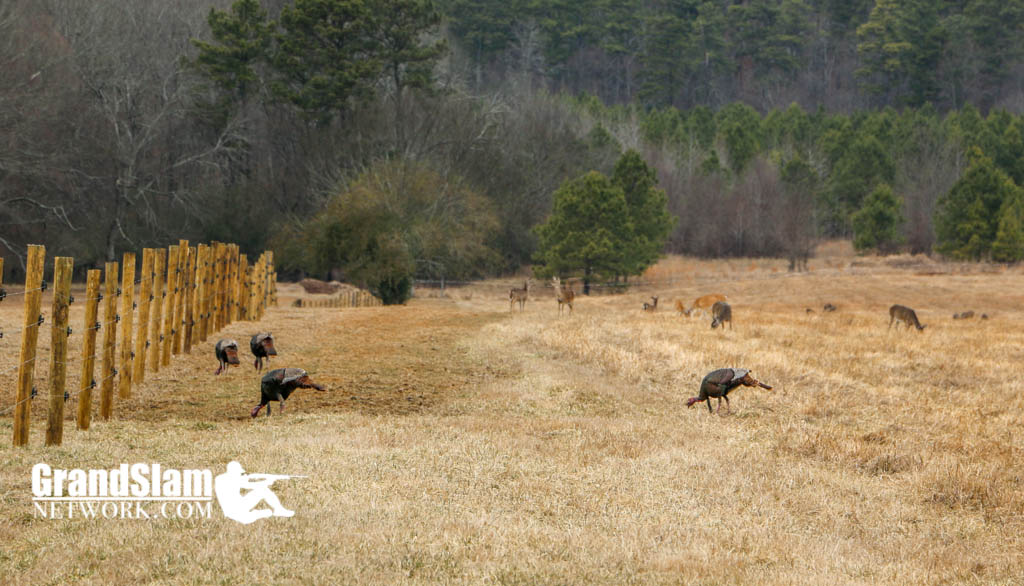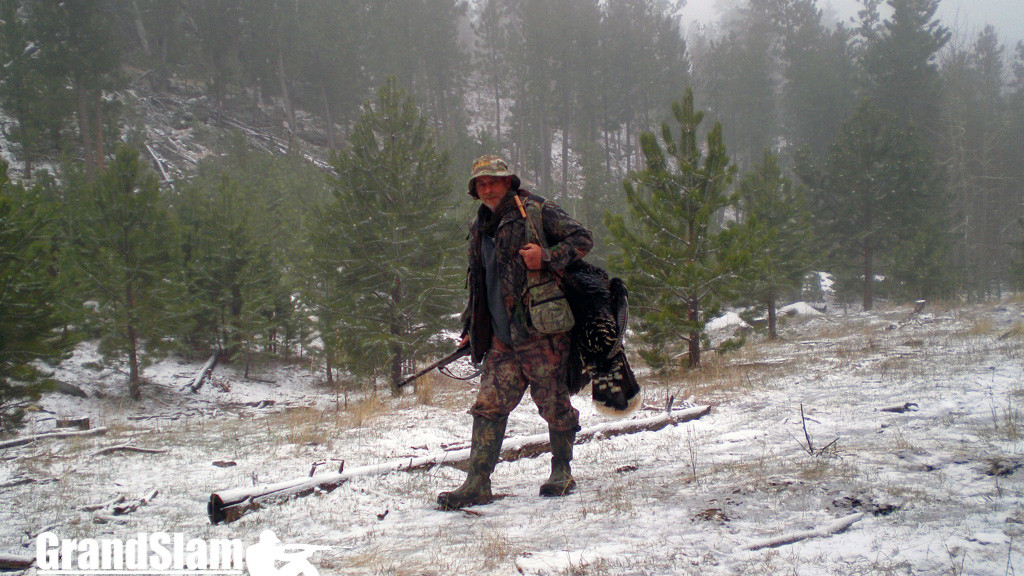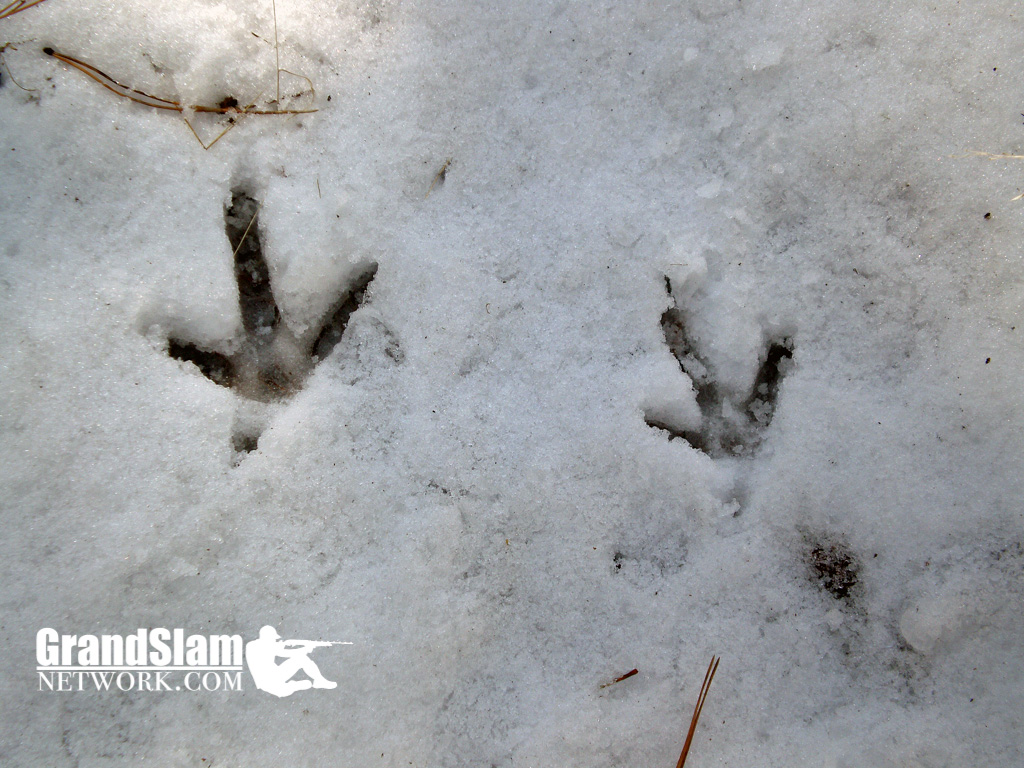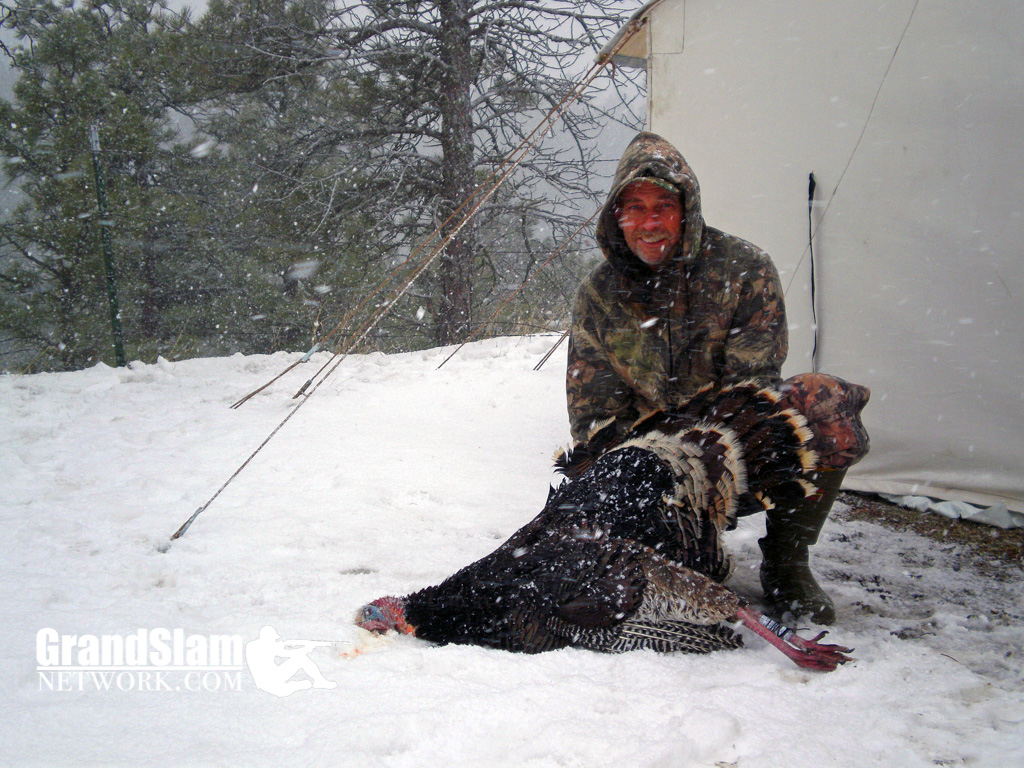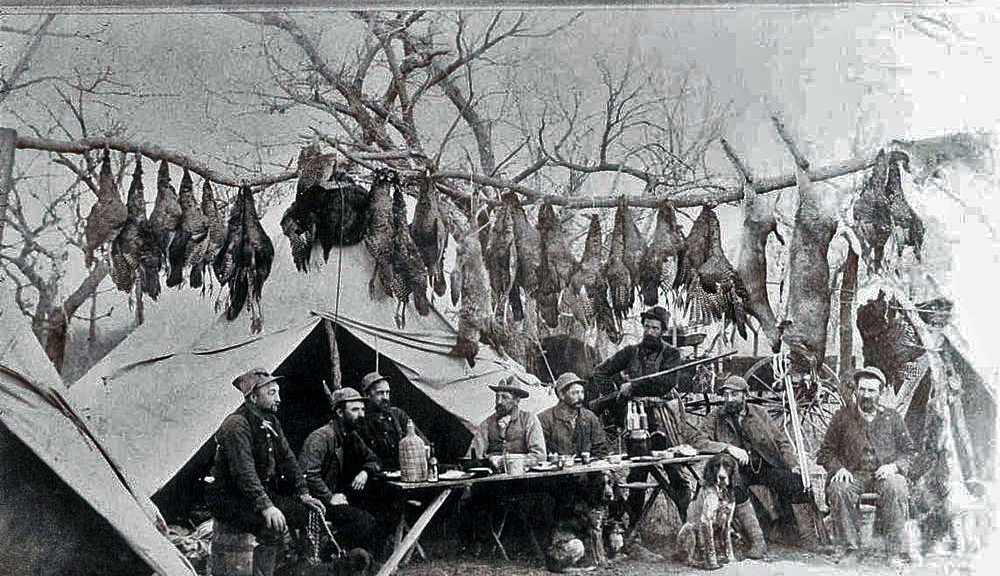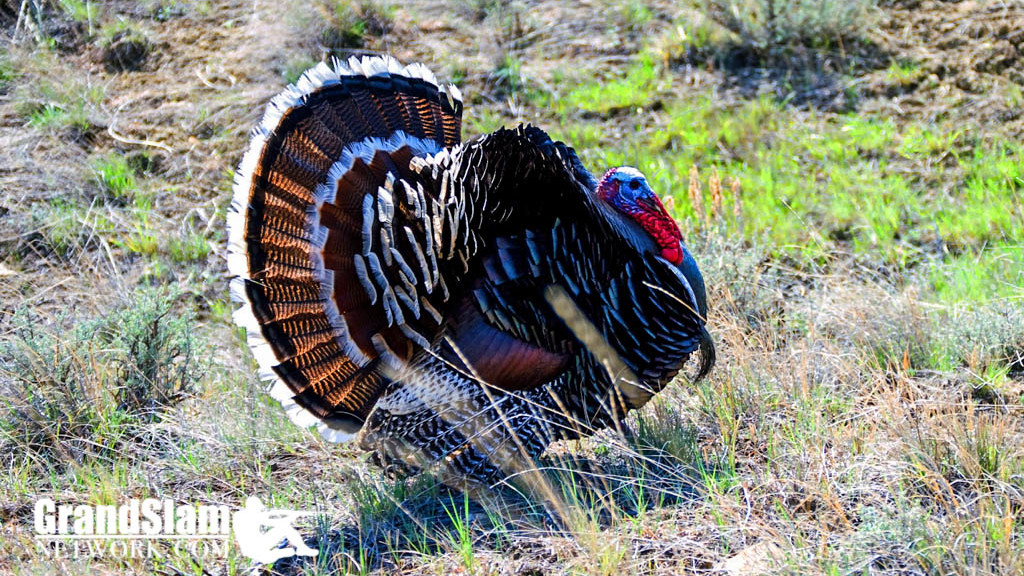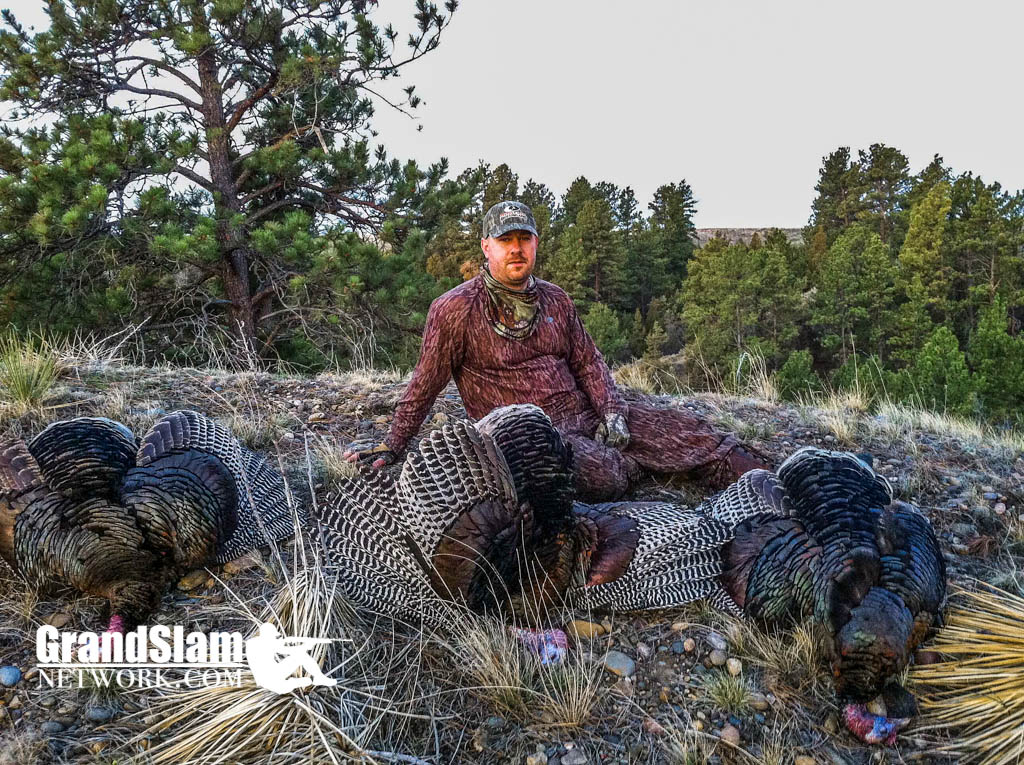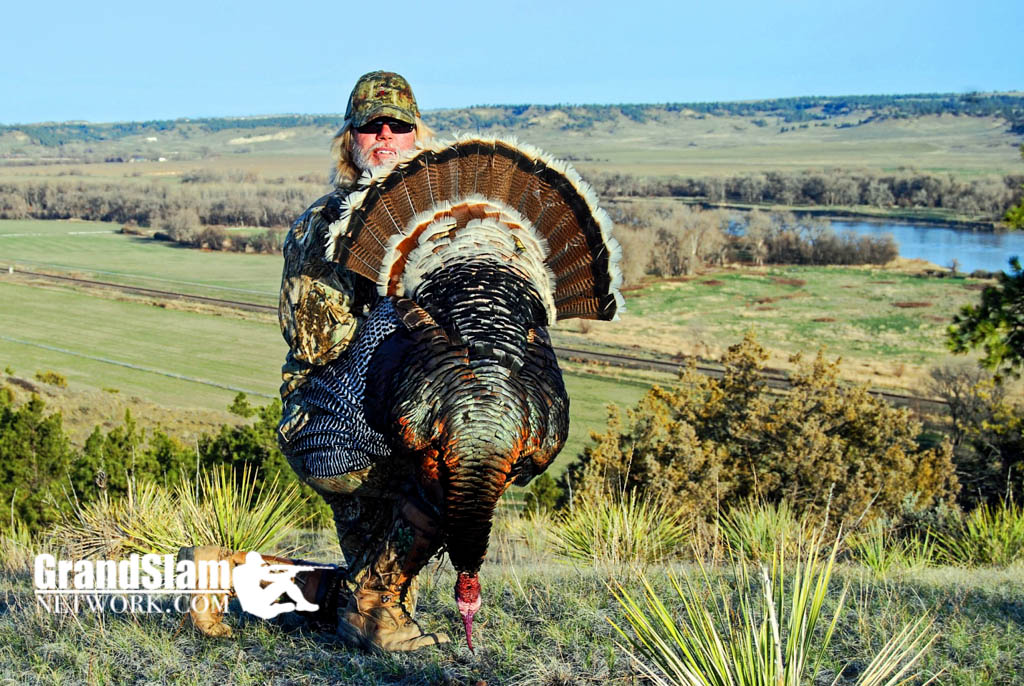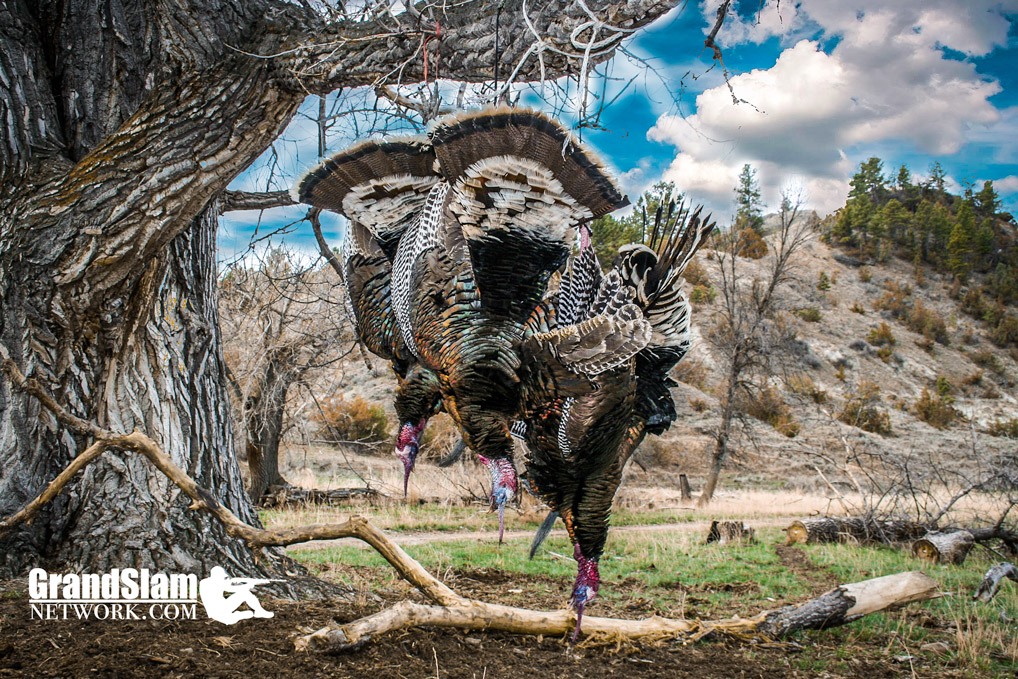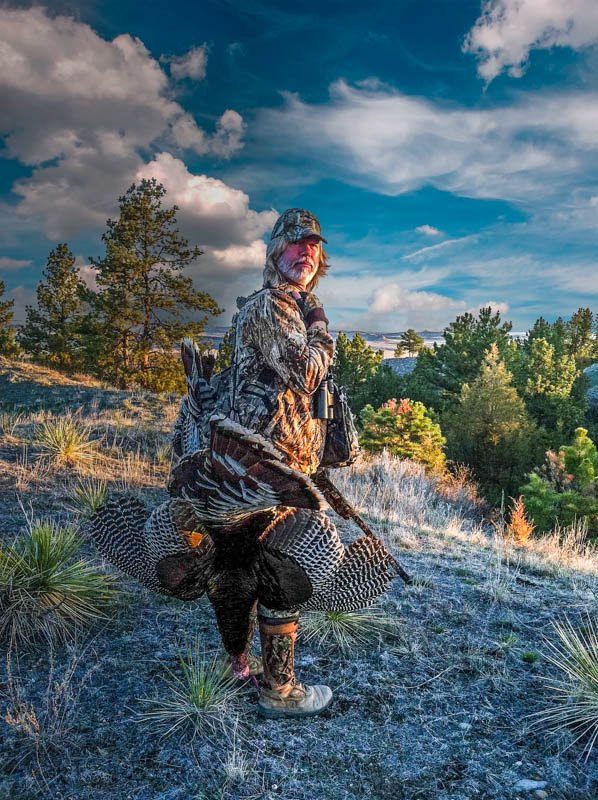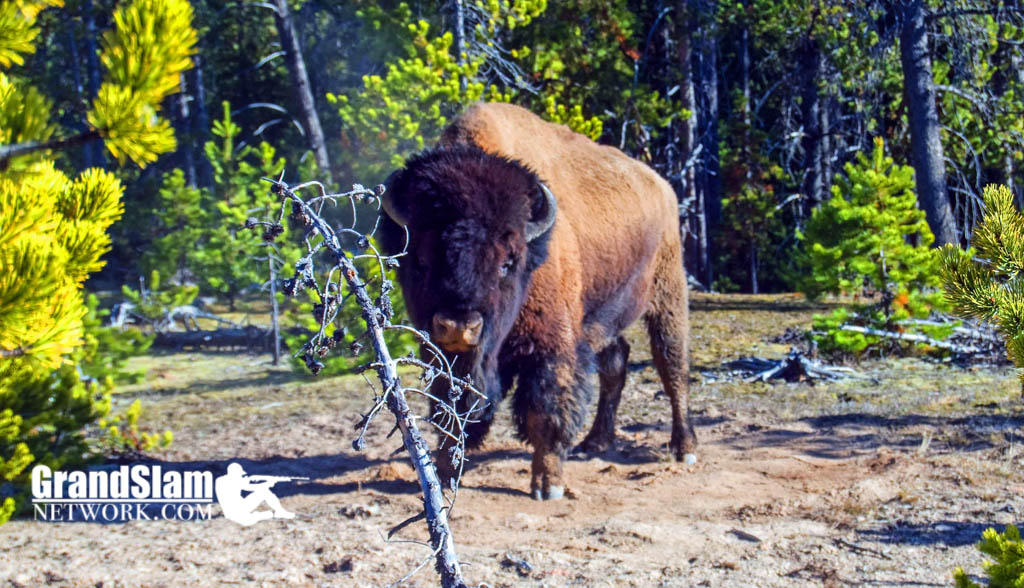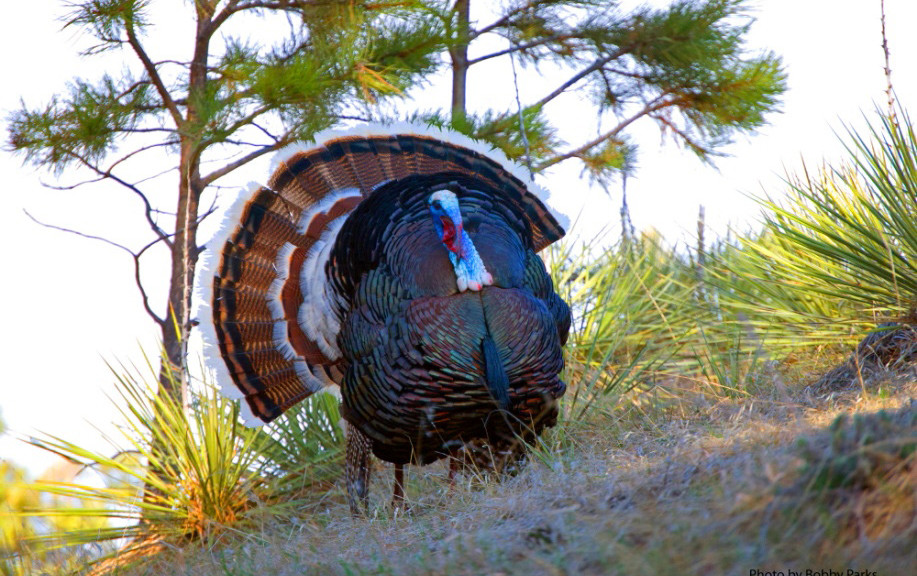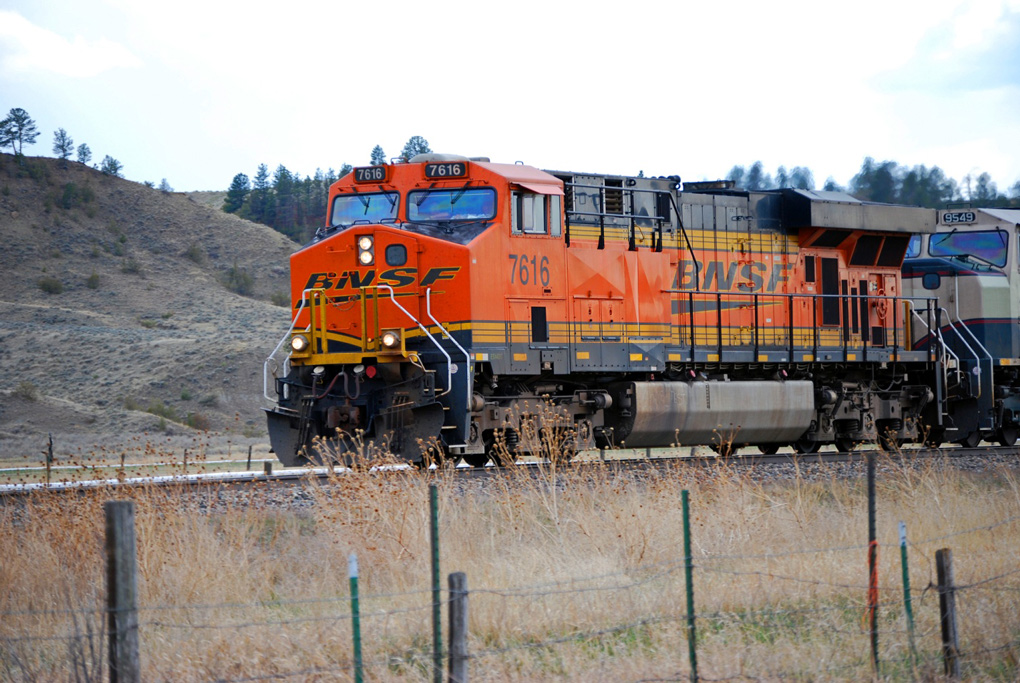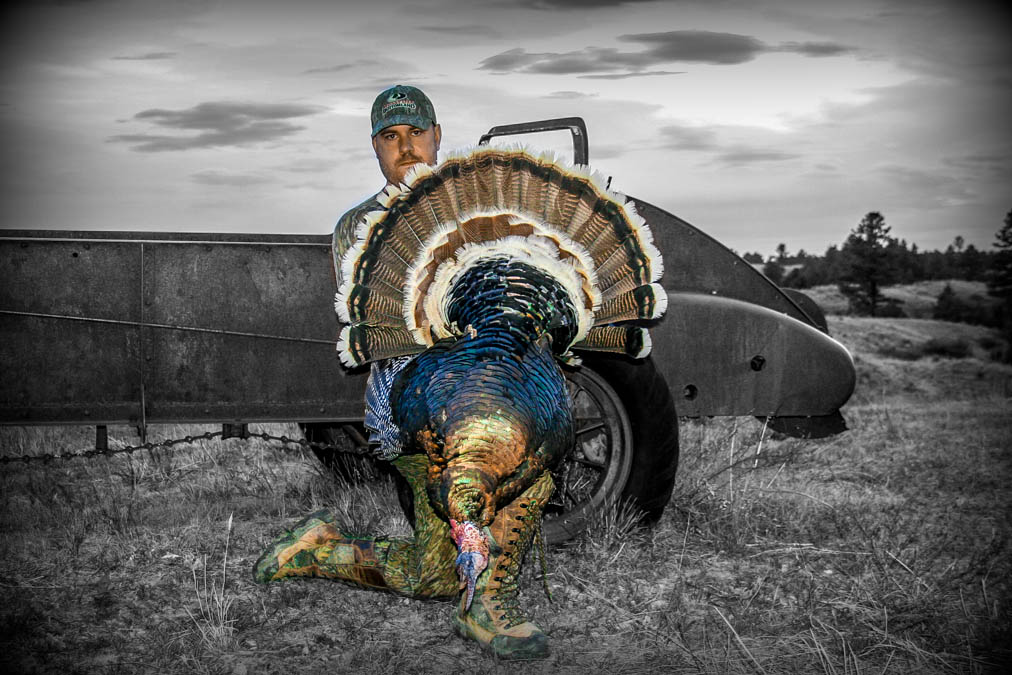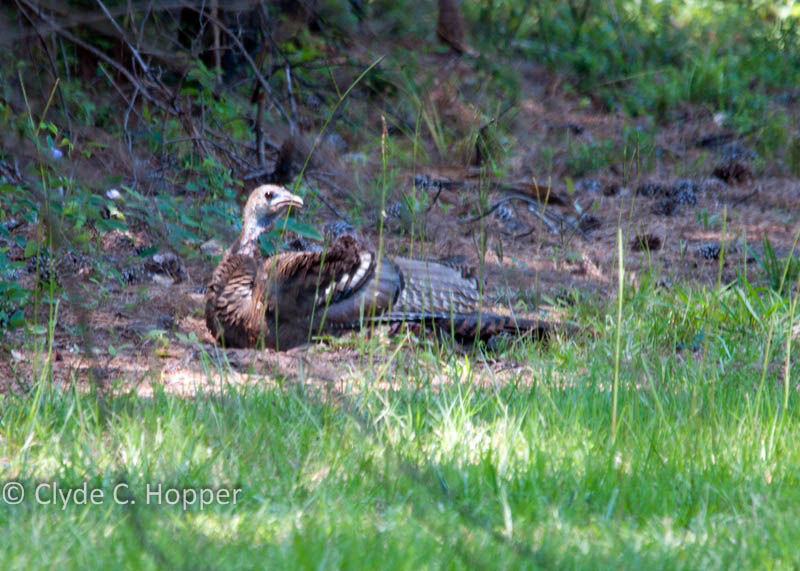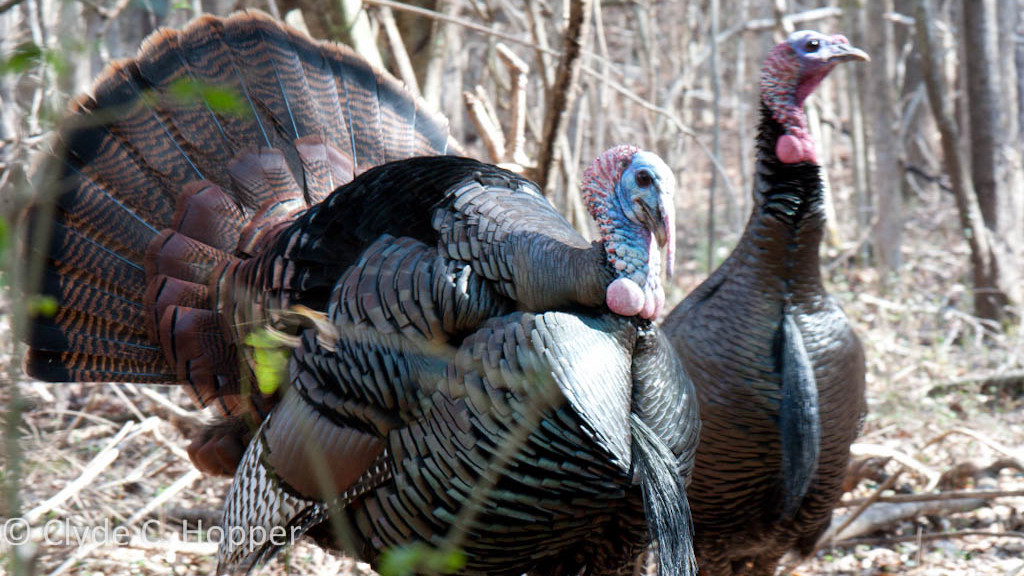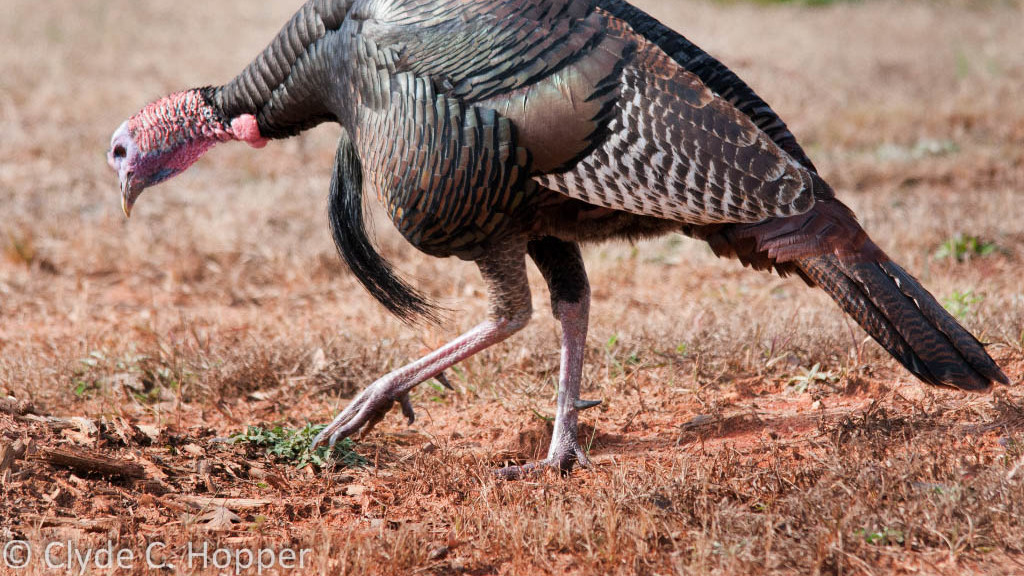What do automobiles, country music, and turkey hunters from 1980 have in common with today’s versions of the same? In my opinion, all three have experienced the same dramatic changes and evolved along similar paths over the past 34 year period. Today’s cars are sleeker, trucks ride better than cars, all have high tech features and sensors, and some even have televisions in them. Country music has evolved beyond Conway Twitty and Porter Wagner and now has rock and roll drummers and guitar players, and an entirely different sound with lots of young people involved. Today’s turkey hunters have evolved in much the same fashion in very similar aspects when it comes to transitional changes, styles, product option alternatives, and the younger generation.
Impressions
The idea to compare “todays” turkey hunter with “yesterdays” and discuss the “evolution” as I view it was inspired by a couple of occurrences. The first was from spending a day with a few older generation veteran turkey hunters that I served with as a judge at an Alabama State Turkey Calling Contest. The stories they told about earlier days including some about Ben Lee were fascinating. They had been involved in some of the very first turkey calling contest and ran in the same circles that most would consider pioneers of turkey hunting.
The second was a result of sharing camp in Texas in 2004 with an older gentleman named John. I don’t remember Johns’ last name but he was from Tennessee and shared the ranch with our group of six guys that year. He was 72 years old, in good shape, and drove to Texas to hunt turkeys and back to Tennessee each year by himself. He had alot of personality and I liked the guy right off and grew to respect him as I got to know him. My conversations with him were interesting.
Mr. John started hunting back in the 1960s and hunted everything that walked the woods including turkeys. He told me you were lucky to even hear a bird gobble more than a couple times a season when he first started hunting. He used to just sit on a ridge saddle all morning with a piece of slate and a handmade striker, and would only cluck or purr once an hour and occasionally kill turkeys. As I listened to him talk it was easy to understand times were different and so was turkey hunting. He even talked about roost shooting and said that was one of the ways he did it because it was one of the few times you knew where they were and turkey hunting was not the sport it is today. His season didn’t necessarily run exactly with the DNR’s as he considered the season to start when turkeys started gobbling and ended when they stopped. But, he said, “that was back in the day and it was an accepted way to do it”. Now he hunted them differently. He had changed and evolved with the times as had his hunting tactics.
Changed But Different
But he still didn’t do it like we did it. He didn’t own a vest, a decoy, or any of the modern day products many of us buy into. In fact, while the six of us were messing around prepping all our turkey hunting gear for the next morning, he just sat on a stool in his one piece long johns with the built in rear flap, having a drink of whiskey watching us. When we got up in the morning and “loaded up our stuff” and drove off in trucks or golf carts, with packed turkey vest, turkey loungers, decoys, GPS, radios, and a half dozen calls in our vest, he just stood there drinking coffee grinning and wishing us good luck. I got the feeling he found all of us amusing and that he knew something we didn’t. When he left you weren’t sure if he was going hunting or to the store because it looked like he had forgotten his gear and didn’t have what was needed to get the job done. But in reality, all he wanted or needed was a mouth call and a shotgun.
According to him, his day to day approach was to ease through the woods, call, move some more, and stand against a tree when he was working a turkey. He never sat down unless he was tired. He did wear camo although his gun wasn’t camoed and it looked like Willie Nelson’s guitar. I believe the man had fallen down while carrying it a few times or dragged his gun behind his truck. I don’t really know but if gouges and scratches give something character, his gun was loaded with it.
He got his birds quickly the year we shared camp, packed his truck up with one Rubbermaid container, and drove back to Tennessee. I was told by the outfitter it was the same each year he hunted there. I remember thinking about the contrast between him and our group and realizing that with time, ways, and means really do change.
22 Years Ago
I entered the turkey hunting arena in 1992 and felt fortunate to be coming in at a point in time where many of the pioneers of the sport had produced cassette tapes and videos that had an influence on how I perceived and approached turkey hunting. I wore out an old Ben Lee cassette listening to it over and over my first spring season. I really didn’t know beyond a point how others had gone about it but I did try to understand what turkey hunting was perceived to be at the time. We all learn from our teachers and are influenced by who or what we’re exposed to. Mine happened in the early 1990’s but from influences that originated in the 70’s and 80’s, while those coming in today are being taught by a whole new group of teachers and influences.
I can’t say for sure how it was in 1980 because I wasn’t involved. But what I remember from 1992 was that the “accepted” gun range was 25-30 yards with #6s and 35-40 yards with copper plated #4s. The videos produced were mostly by the pros and every gobbler killed (at least according to the video) was called to 20 times. Hen decoys were on the market and I didn’t believe I could kill a bird without one, so I carried two around thinking that was twice as good. I remember camo gun socks were always on the shelf at Walmart and later seeing my first camoed turkey gun up at the old Bargain Barn in Jasper. Lynch box calls were part of every turkey hunter’s vocabulary and most owned at least one. I owned two. I had never heard of a hunting forum but there were turkey articles to read in various magazines. The 3700 acre river swamp lease I hunted was shared with three other turkey hunters because only 4 of out of 14 members had any interest in turkeys. Two of the three were always out of the woods by 9:30 and only two of us hunted afternoons. A 200 acre lease in Jones County near Cedar Creek WMA that only cost me $300 was my back up property in case the Flint River Swamp flooded. In fact, leasing turkey rights from deer hunters was easy to do because no one seemed to turkey hunt back then compared to now. Old fashioned scouting was the only way to know what you were hunting and trail cams were a futuristic concept. Bug Tamer Suits showed up a few years later with Thermal cells still on the horizon.
Today
Now feeders and trail cams are everywhere and do much of the scouting for us saving countless hours in the field. And to avoid snakes and chiggers, we can be view them remotely from the comfort of our homes or office. Gobbler decoys, blinds, and fanning, have become more and more popular. Videos are common and we have three “Outdoor Channels”. Camoed guns, tightly choked barrels, and super loads have created a lot of 50 plus yard shooters which means what used to be considered “hung up birds” are now dying. Over 40,000 people attend the NWTF Convention each year and there’s an abundance of options when it comes to products that fill up the cart compared to 1980 at which time almost all the options on the market if you owned them, could be carried in your two cargo pants pockets.
Today’s turkey hunters include a wide range and a great blend of individuals that includes a crossover of three generations of turkey hunters that blends old and new school mentalities. In my view this has created three general profiles of hunter groups and the framework for the evolution.
Earlier Generation Hunters
I can’t really describe what the true earlier generation of hunters would be because I didn’t have enough exposure to them. So what I mention here applies more to some I was exposed to when I first started and how I believe many still operate today.
Many in this group originate from the early days or they’re molded after and strongly influenced by those that hunted prior to the real product expansion period. Many are younger and entered later but adopted their predecessor’s philosophy. Some might consider them “hardcore” as they hold strong in their beliefs. They all have a history of success and have a passionate perception of what turkey hunting is supposed to be based on their entry into the sport and their influences of the time. Most believe the only shootable turkey is one that comes to the call or a very limited list of encounter type scenarios. What many believe to be useful accessory products, they consider props. They don’t own a blind or decoy and a bird has to be inside a tight circle of range they’ve adopted as a standard because it’s where they believe a bird should be brought into before he’s taken. They may equip themselves with guns, loads, and chokes capable of longer shots but still limit themselves to a specified perimeter. They put an emphasis on the three main elements of turkey hunting which include calling, woodsmanship, and turkey knowledge. This group is successful with less in their bag and is made up of experienced veterans with more of an old school type mindset and the fundamental basics being their keys. Because of the strong influence by the earlier mentors and influences, if they were not originals to this group, they’ve strived to progress with goals of evolving into this OGH membership after gaining years of experience and gradual skill improvements. As their personal bars rise with success, they drop off most of the accessories if they ever used them, and over time hunt with a shotgun and calls. They are believers in doing the job with less with more limitations placed on how they shoot turkeys and they know how to work turkeys from 100 yards in with by choosing good setups, calling, and strategy.
Mixed Generation Hunter
Many here are somewhat of a hybrid with a mix of “old school” and progressive mindsets. Hunters in this group were also affected by earlier older style influences but have adjusted ways and means as time progressed with a wider acceptance of accessories and a “softer core” than the “Earlier Generation Hunters”. They’ve enjoyed a good turkey population to hunt with early learning and development resulting more from field experience and old school traditions while recent years include modern day influences. Their horizons have expanded and they utilize the loads and chokes available and accept that extended ranges handled responsibly are a part of their personal practice standards. They will reach out and touch birds at longer ranges extending their capabilities and bird counts. Use of decoys and blinds may or may not be included and they capitalize as turkey hunters taking birds beyond just the “called in” ones and are more opportunistic. Like EGH many personal style adjustments have come in increments as confidence in abilities progressed. The progression of experience alters their ways and means. They hunt with a blended style that incorporates and appreciates earlier approaches while enjoying many of the benefits of the modern day hunter. They are generally more open minded and to an extent many serve as crossovers and mix well with both EGH and newer generation hunters.
Newer Generation Hunter
This is the newer generation that includes both young people but also those older in age but newer to turkey hunting. They enter in to a highly marketed, organized sport, enjoying a healthy turkey population to hunt and in an era that is televised 24 hours a day, and in the video and You-Tube period. Outdoor channels, internet access, community forums, I-Phones, GPS, trail cams, feeders, and numerous other accessories are at their fingertips and have become second nature. Blinds and decoys are mostly standard procedure with all options on the table because they’re accepted as a part of the modern day turkey hunting sport and have no reason not use them. They are generally successful quicker with a wider range of methods and utilized means to kill turkeys. Where earlier generations took longer to become successful, the learning curve at least to the point it takes to kill turkeys is cut in half. “Kill methods” ways and means are increased as are harvest numbers compared to old school approaches. This combined with numerous encounters from a healthy gobbler population, more information, increased travel hunts with added bag limits, and more time in the field provides newer generation hunters opportunities to hit numbers in a few years that may have taken decades in the past. This new generation of hunters often provides video of varied styles of hunting considered exciting my many and bring new enthusiasm and a growth in participation to the sport.
We All Enjoy Turkey Hunting Our Own Way
To be very clear, I realize all of the aforementioned groups are blanket generalizations and there’s much more involved here. It’s impossible and unfair to try and fit everyone into any category. I describe what I have not as a judgment on any ones style of hunting nor do I believe there’s a right or wrong way for others to go about it. In fact I’ve held this piece for over two years reluctant to share it not wanting to risk stirring the pot. I mean no offense to anyone. It’s a simple observation, opinion, expressed perception, and views on the “evolution” as I see it.
I do admire the ones that adhere to more of an earlier generation style of hunting. Its hard not to because their standards, requirements, and in a way a self inflicted handicap, means that when they kill a turkey they’ve likely done it the most challenging way possible by doing it with less. When it comes to pure skill and killing turkeys and someone is armed with only a call and a gun, it’s what’s’ in their head that matters and separates them from the rest. But that style and challenge may be considered too limited or not fun or enjoyable for everyone.
I believe there are definite differences in hunter styles and what’s considered turkey hunting today. There are differences in how and why birds are brought into range. For example: Picking good setups, controlling movement, and calling without use of any other accessories means a bird has to be methodically worked to be brought in from a 100 yards out and in to range. It’s that last 50-60 yards that is the most challenging for most of us. Calling and getting him in to 80-100 is often not that difficult, but breaking him loose from there and into shooting range can be.
By comparison if you call a gobbler into 100 yards and he sees a decoy, especially a gobbler decoy he may run in on his own being deked in instead of called and worked in. Either way the gobbler dies and both ways work, but there’s a definite difference in the type of hunt and the method in which the bird was taken. Both methods are considered turkey hunting and both are accepted ways and means that come down to a personal preference.
An Example of Influence
I’d probably fit best into the “Mixed Generation” group and here’s a good example of one of my influences that helped shape me. Someone loaned me an old Ben Lee cassette tape that I played over and over. On it Mr. Lee and friends are riding down the road stopping and calling trying to strike a gobbler up. When they hear one, they take off running through the woods and set up on the bird. Mr. Lee narrates the hunt like a football game and calls out the yardage as the gobbler approaches. “The turkeys coming in…he’s 35 yards away…still coming and now just 30 yards…… we’re getting ready to shoot the bird…25 yards and BOOM! I remember the tape well because the gun shot was loud compared to the voices and it made you jump.
Understand that I did not know or hang around other turkey hunters aside from one person I shared the woods with occasionally, so this tape made me want to try to kill turkeys like they did. Although I really don’t know how Mr. Lee and others hunted all the time, this tape made me believe this is how it’s done. But the reality is, if I tried to kill turkeys exactly as I perceived they did, at 25-30 yards, I wouldn’t kill nearly as many. So even though I try to get birds in that close, I don’t limit myself to that and try not to let birds walk back out of a 45 yard circle.
But as far as early influences go, that one hunt stuck with me. Since then I’ve wondered just how many true old timers if hunting today, might be plastering birds and utilizing today’s chokes and guns. A lot may have had to do with the gun capabilities of the day. Where we may think that close range was a standard and a certainty for them, they may say “Are you kidding, do you know how many turkeys I could have killed if I had the chokes and loads you have today”?
Enjoy the Mix
Personally, I enjoy seeing all the newer hunters mixing in with others that have varied years of experience and influences that have created different make ups. I hunt with both young and old gun types. I’m somewhat of an opportunistic turkey hunter that likes to hunt and take turkeys in varying ways. I don’t use decoys but I used to. I don’t use blinds because I like to feel the air. As mentioned I try to avoid shooting over 45 yards because I have a pre set perception and self standard that was influenced from older days, and more importantly, I’ve missed too many birds already. I hunt the way I enjoy and not necessarily the way someone else enjoys or believes is the right way. I hunt like I believe all others should, for me and not someone else.
Modern Day
Cars and country music of the earlier days are great and should always be appreciated and respected for what they are. Todays cars and country music are also great in a different and evolved way. But no one forces us to do anything and we can still drive or listen to whatever we want. In my view the same comparison fits with the varying styles and preferred approaches of turkey hunters. We should all be thankful and respectful of those that walked before us and that set the table for this evolution to occur. And we should be thankful and respectful for those that are continuing to evolve even if it’s in a different way or doesn’t fit a personal perception.
It seems to me that just like country music, turkey hunting needs to be appealing to the newer generation of hunters and young people so that the sport is assured of growth and continuation. Look at all the videos that we share with each other each season from both older and younger hunters, both friends and family, and how many are “high fiving” after a successful hunt. In a way we fire up and feed off each other at the same time. Videos and the camaraderie seen when hunts come together goes a long ways in helping draw others into the sport and fueling the drive for those already in it. The faster paced, wider range, of ways, and the enthusiastic young guns we have here draws more into the sport that one day will be tomorrows old timers.
I feel very fortunate to have entered into turkey hunting at the time I did. I was able to read about and listen to some of the earlier players and yet I now enjoy the benefits of progression that allows me to select the pieces I want incorporate into my turkey hunting approach. The world is a different place today than 34 years ago and so is turkey hunting. It’s great that this sport continues to grow and watching this “Turkey Hunter’s Evolution” has been a fun and interesting experience.
So to be clear I’m not saying that yesterday or today’s turkey hunters, or anyone’s style is better or worse, or right or wrong when compared. What I am saying is that we all have varied perceptions and views based on our influences and exposures, all of which have varied through the years. What’s important is that it’s fun, rewarding, and healthy for the sport.
I’m sure that my old friend Mr. John from Tennessee would find all of us amusing. But there’s no doubt in my mind, even if he was standing at the door grinning and shaking his head, he would be glad and happy that we were enjoying turkey hunting in our own way and wish us the best of luck as we climbed into our truck.
Bobby Parks
GrandSlamNetwork.com
Mossy Oak Pro Staff
Ol Tom Field Expert
